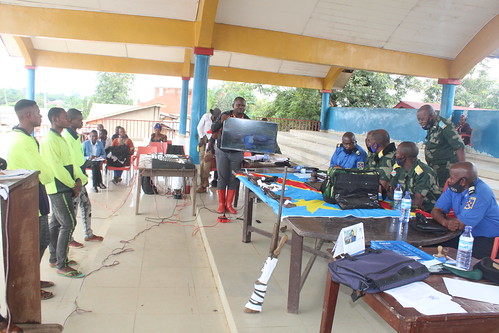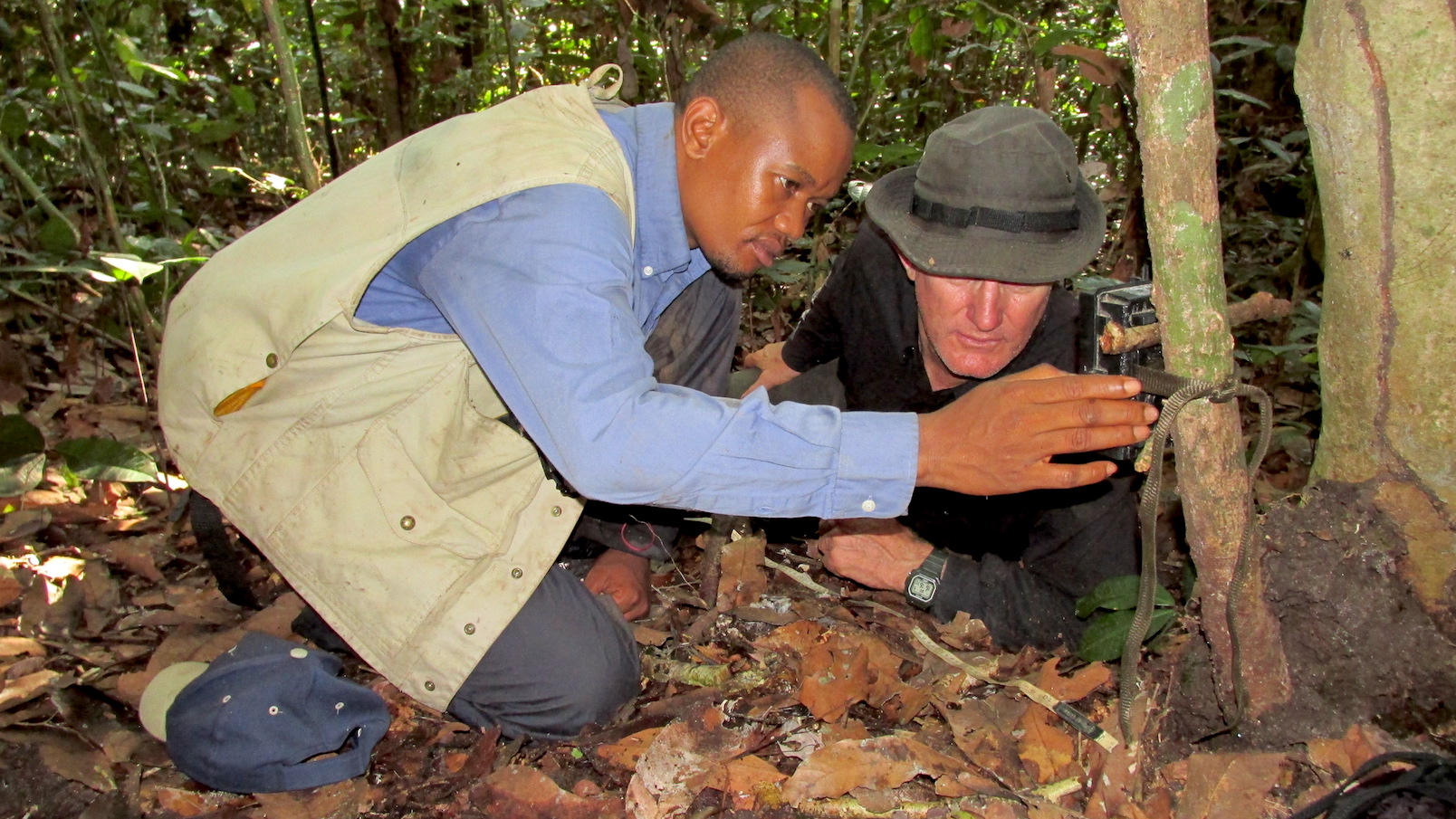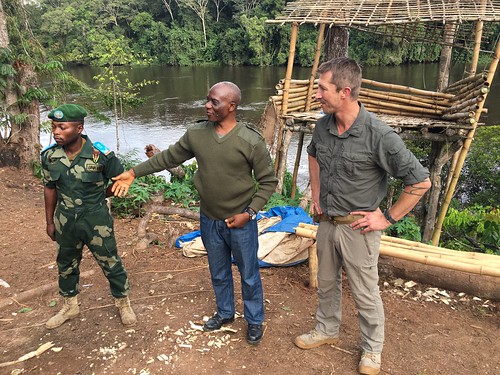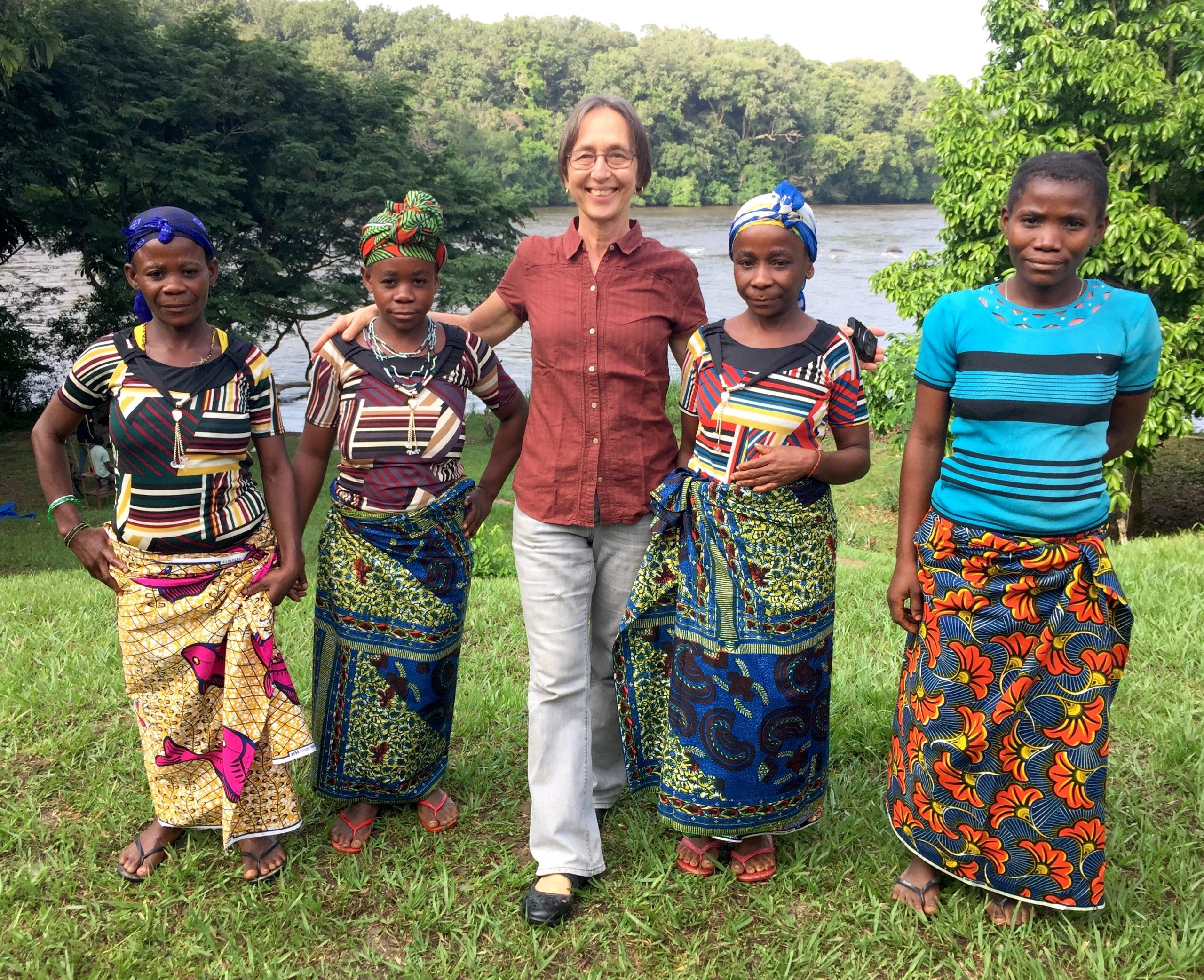LOMAMI BONOBO PROTECTION RANGERS
Supporting the safety and livelihood of wildlife rangers protecting bonobos
YOU CAN HELP…
empower wildlife protection rangers to operate with greater safety by arming them with life-saving satellite communication devices

INTRODUCTION
The Frankfurt Zoological Society has spent decades working with Congolese researchers in Lomami National Park. Lomami is an incredibly diverse rainforest ecosystem, home to more iconic Congolese species than any other protected area in the DRC. The effort in Lomami includes monitoring the bonobo population, conducting outreach to local communities and town-centers, and training local people and students to work in conservation roles.

PROJECT DETAILS
The Lomami project is located in an incredibly dense area of rainforest, located between three rivers running through the heart of the Congo Basin. Access is uniquely difficult, requiring extensive travel by boat and by foot. Wildlife rangers are often in remote regions of the forest where communication and coordination with conservation officers and scientists can be near impossible through traditional means. Satellite devices have helped make operations safer and more effective, but not all patrols, control outposts and headquarters are currently equipped. Access to a full arsenal of satellite devices can be lifesaving for both bonobos and their protectors working in isolated forest to safeguard the species.

WHERE YOUR MONEY GOES
Your tax-deductible support helps finance the purchase, service costs and maintenance of satellite devices for wildlife rangers working in Lomami National Park and buffer zones (where wildlife is more likely to come into conflict with human communities).

WHY THE BONOBO TRUST ENDORSES THIS PROJECT
Scientists Terese and John Hart are among the preeminent scientists studying bonobos, working alongside scientists, rangers, and conservation leaders in the DRC since 2007. They were instrumental to the founding of Lomami National Park in 2016 and continue to be leaders in bonobo science and conservation, alongside the communities they work in.



